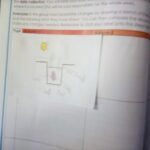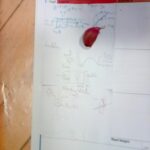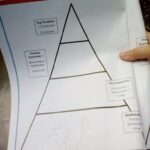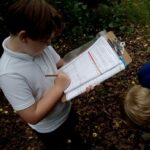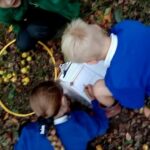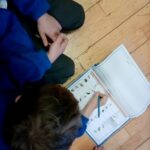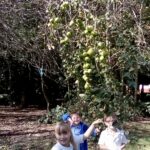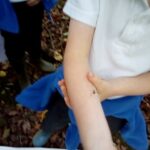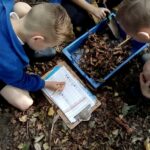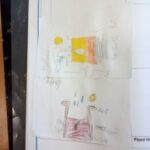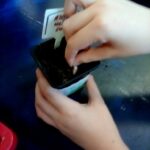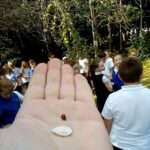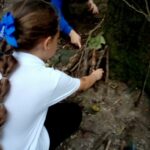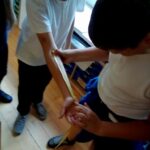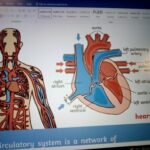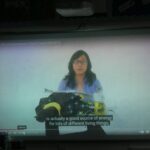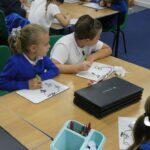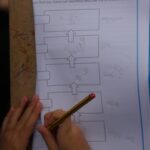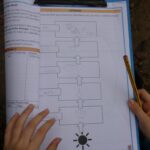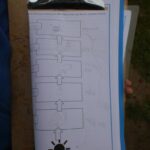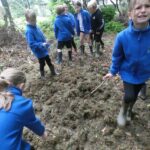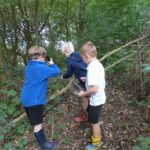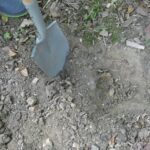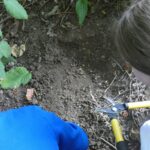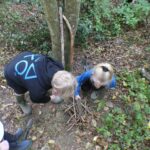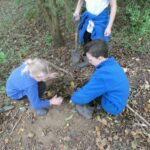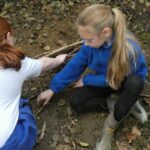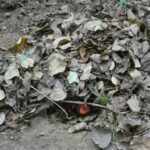We have had an exciting few weeks starting to investigate our new longitudinal questions. These are the questions that we will for the rest of the year to help us investigate changes throughout the year. We have already looked at the questions and discussed what we might already know. Many of the groups saw how the new question built on what we did last year.
Together we looked at the investigations we were going to do and how these need to be recorded accurately. We thought about what makes a fair test and how we record the evidence that we collect so that other people can use it and see what is happening.
Years 1:
Longitudinal Study Question –
What changes in the four seasons?
We found a tree that we would like to study, we took a photo and will continue to take photos of that tree, in each season, and the noticing the changes. We also started to talk about the weather and how this changes what we might wear to school. We then used our spotter sheets to help us find some different types of trees.
Retrieval Questions and key vocab:
What are the four different seasons?
What would you expect to see change on your tree in autumn?
What clues help me to find an oak tree, a hazel tree and a holly tree?
Year 2:
Longitudinal Study Question –
How can I prove what animals live in the OC environment?
We took a photo and of our selves in either Mushroom or Bluebell Woods. We will continue to take photos of that area, in each season, and the noticing the changes in both plants and the animals living there. We also have been using the ID sheets to collect data. We went though the sheet together and looked at what animals we had spotted and which ones we hadn’t. If we didn’t see an animal we didn’t mark it off on our data – this is as important so we know what animals are missing in autumn.
Retrieval Questions and key vocab:
What birds did you see outside?
Where would you find minibeasts (invertebrate) in the outside classroom?
When looking at the different types of trees, what clues could you look for?
Years 3:
Longitudinal Study Question –
How do the plants in the OC support the animals living there?
We completed two investigations.
Tree Canopy – Animals Living Alongside Plants. Don’t worry, we’re not telling the children to vandalise trees, it was just a great way of finding out what interesting invertebrates (animals without backbones) live in the trees around the OC! It might sound a bit violent, but if done right, tree-shaking doesn’t harm the tree or the minibeasts that call it home. The children recorded what they found by issuing ID sheets and a tally chart.
Leaf Litter – Decomposers Helping Plants. Decomposers are an important part of our environment. We found them in the leaf litter on the forest floors. Decomposers take dead plant material and turn it into rich and nutritious soil to support new plants. We took a soil and leaf litter sample and recorded the decomposers that we found. Each term we will look at the forest floor and see when our decomposers are out and about.
Retrieval Questions and key vocab:
What is the science word we use for minibeasts?
Name three animals you found in the Tree Canopy investigations?
Will you expect to find more or less animals in winter and why?
Year 4:
Longitudinal Study Question –
What is the top predator in the OC and why have they chosen to live there?
Over the year we will be focusing on how animals are part of a delicate ecological system. As scientists we call this food chains and food webs.
As scientists we had some information already and the recalled some great science vocabulary including; carnivores, omnivores, herbivores, predators and prey. We used the ID sheets to build our knowledge of producers, consumers and decomposers and looking at how they are a vital part of our eco system. We discovered that it can be frustrating to make observations of animals because they are so good at camouflaging. We discussed how we might make some observations of animals when we are not about. All the information was recorded on their Ecology Triangles
Retrieval Questions and key vocab:
How else might we describe a top predator?
What is the difference between decomposers and producers?
What animal did you see the most of?
Year 5:
Longitudinal Study Question –
Do all living things start and end the year in the same way?
We will be making observations of how plants grow from a bulb to a plant. These plants will be used to maintain our vegetable beds – a job you the children will be helping us with this year. We looked at the parts of a bulb and discussed what we would need to provide in order for it to germinate. Each group planted two bulbs and made a diagram of what they observed. Over the rest of the year we will continue to observe the changes in your bulb. Our studies will include making carefully observations and then sharing those within your group.
Retrieval Questions and key vocab:
Where is the tunic on the bulb?
Where is the food/energy stored in a bulb?
What ways do apples trees disperse seeds?
Year 6:
Longitudinal Study Question –
How much do we grow over the year? What can we do to help us grow?
Over the year we would like you to investigate whether you will grow over the year. You are all different but do you all grow in the same way? If you do, is this at a similar rate?
As scientists, we may have some information already; you were great at linking the work that you have done on humans and living things. Last week we looked at how we take care of our bodies may impact growth. You were brilliant at coming up with some areas to look at and we were able to complete a short survey on health.
To finish off the session we did a quick test on our circulation. Some of us found it difficult to find a pulse but we all got there in the end.
Retrieval Questions and key vocab:
What does BPM stand for?
What areas of health did we look at in our survey?
What did you need to remember when measuring forearms?



